
views
New Delhi: In 2011, a purification ceremony was performed at Sabarimala Temple in Kerala after it was found that a 35-year-old woman had entered the temple, violating the custom that barred entry of women in the age group of 10-50 years.
Cut to 2018, the Supreme Court quashed the age-old custom, giving women the legal right to enter the most famous shrine of Ayyappan. Despite the legal stamp, women and men, across religions, have said they do not wish to enter the temple and have rejected the order of the Supreme Court. The outburst has spiraled onto the streets, with protests taking place in Australia too.
Amid the ongoing rage against the entry of women, there has been a resurgence of a debate on how women, across age groups, were allowed into the temple at some point of time.
Were Women Ever Allowed Inside Sabarimala?
While the majoritarian view takes to the streets protesting the entry of menstruating women into Sabarimala, there remains a fraction of society that says there is solid evidence in support of women having entered the famous shrine.
Though she may be part of a minority, Asha Verma in Thiruvananthapuram told News18 that women in her family have visited Sabarimala during the period that they are, by custom, not allowed to go.
“My grandfather, every year starting from when he turned 11 years old till he died at 73, has gone to the temple. He knew the rituals and traditions of the temple better than anybody in our family. He was a guruswamy (somebody who has undertaken 18 or more pilgrimages to Sabarimala) when he died. He never stated that women should not go. So, where did this trend of not allowing menstruating women into the temple come from?” Asha said.
Interestingly, a 25-year-old affidavit filed by the Travancore Devaswom Board and Ayyappa Seva Sangham has surfaced, which states that women were, at one point in time, allowed into the temple.
The affidavit, filed in the Kerala high court in 1990, states that young women and newlyweds in large numbers had entered the temple. In the petition filed by S Mahendran from Changanassery, KPS Nair, the then secretary of Ayyappa Seva Sangham, was witness. Nair clearly stated that he had seen women between 10 and 50 years of age ascend the ‘Pathinettam Padi’ (the eighteen steps leading to the temple) during the time he was visiting the temple.
The petition also cites an incident involving the former commissioner of the Travancore Devasom Board, Chandrika, whose granddaughter had her first rice-eating ceremony at Sabarimala. The child’s mother and grandmother were among the many other women who attended the ceremony, a photo of which did the rounds in a daily, Janmabhoomi, on August 19, 1990.
A similar incident was recounted by TKA Nair, adviser to former prime minister Manmohan Singh. Nair has, in the past, revealed that his own first rice-eating ceremony in 1940 was on his mother’s lap at the Sabarimala temple.
In fact, he further went on to narrate how his family was advised to do the same by the Pandalam royal family. Devasom minister Kadakampally Surendran, too, has claimed that women from the Pandalam royal family used to visit the shrine.
There are also reports of a Tamil film having been shot in 1986 on the steps leading to the temple. Malayalam writer NS Madhavan, on Twitter, said the Devasom Board charged Rs 7,500 for shooting rights. The Maharaja of erstwhile Travancore is also said to have visited the temple, along with the Maharani in 1939.
The Celibate Ayyappan At One Of India’s Richest Temples
Revered as the Hindu god of growth, there are many legends surrounding Ayyappan. For some, he was born with the powers of both Shiva and Vishnu to defeat the evil demoness Mahishasuri. For many others, he is a reincarnation of Buddha. He is also honoured by many in the Muslim community for conquering the bandit Vavar.
Sabarimala was established in the 12th century after the Pandalam prince, Manikandan, meditated at the shrine to eventually become Ayyappan. The temple opens every month for five days, leading up to the 60 days of the pilgrim season.
The journey to Ayyappan’s most famous temple in the country is arduous, to say the least. Devotees practice abstinence of almost everything — from their eating habits to their sexual life — for 41 days.
For centuries now, the trek through forests and hills has been attempted by men, occasionally accompanied by pre-pubescent girls and menopausal women. That’s because the pilgrims mirror Manikandan’s spiritual journey during which he was known to be a “naishtika brahmachari” (someone practicing celibacy) and thus, women from the age group of 10-50 were not allowed by custom. This tradition was given a legal seal by the Kerala high court in 1991, only to be eventually overturned by the Supreme Court last month.
The verdict has split the state. While women might be up in arms against the verdict, the Travancore Devasom Board, which runs the temple, has said it will not challenge the ruling.
Sabarimala is one of the richest temples in the country, with revenue touching an all-time high of over Rs 101 crore last year, solely from the two-month pilgrimage season. The board, in August, estimated a loss of about Rs 100 crore due to the destruction during the floods and is slowly getting back on its feet, preparing for the huge footfall this coming pilgrimage season.
While it has said it will not challenge the verdict, the board recently made it clear that no special facilities shall be extended to women pilgrims coming to the temple.











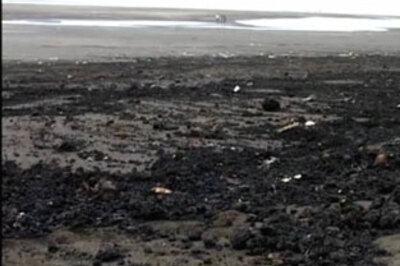
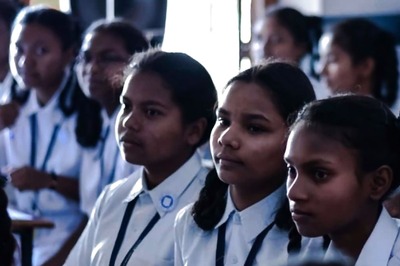



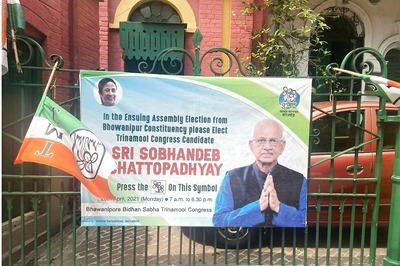
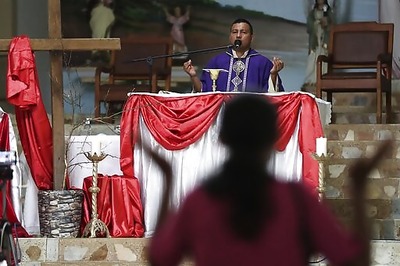

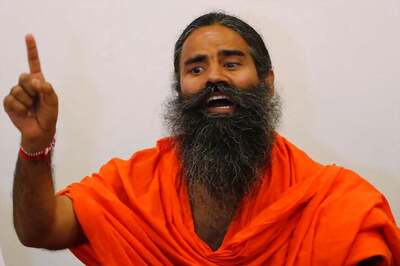
Comments
0 comment